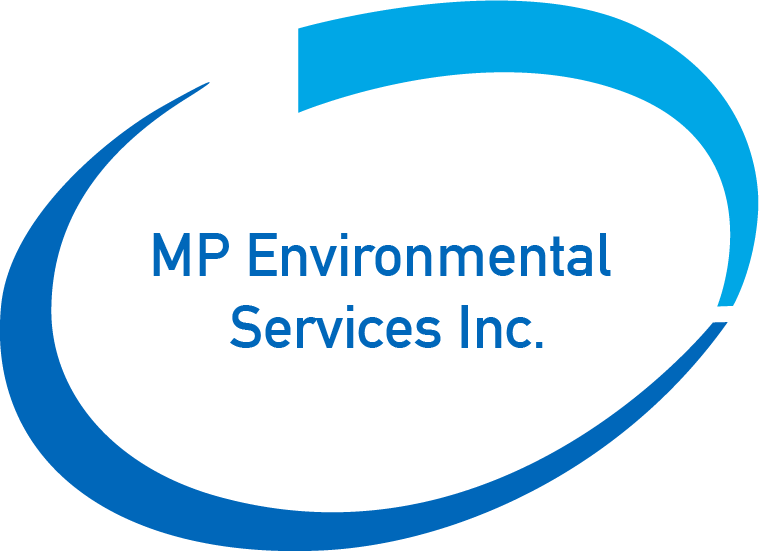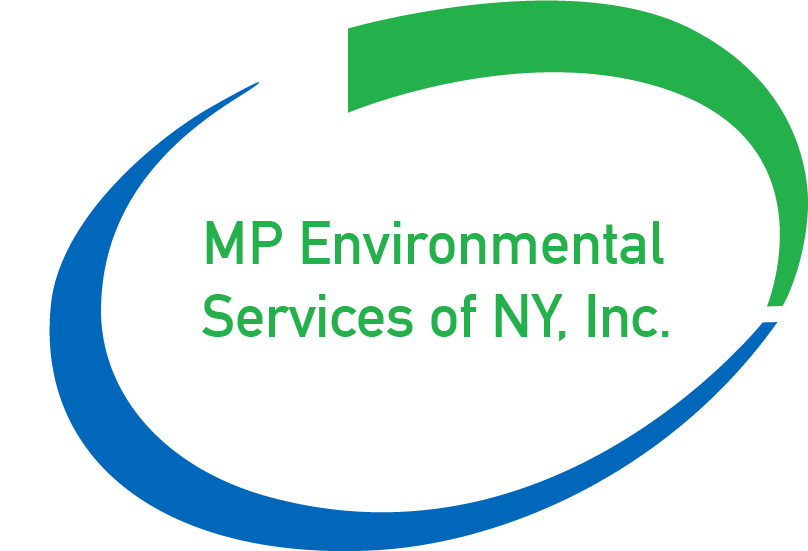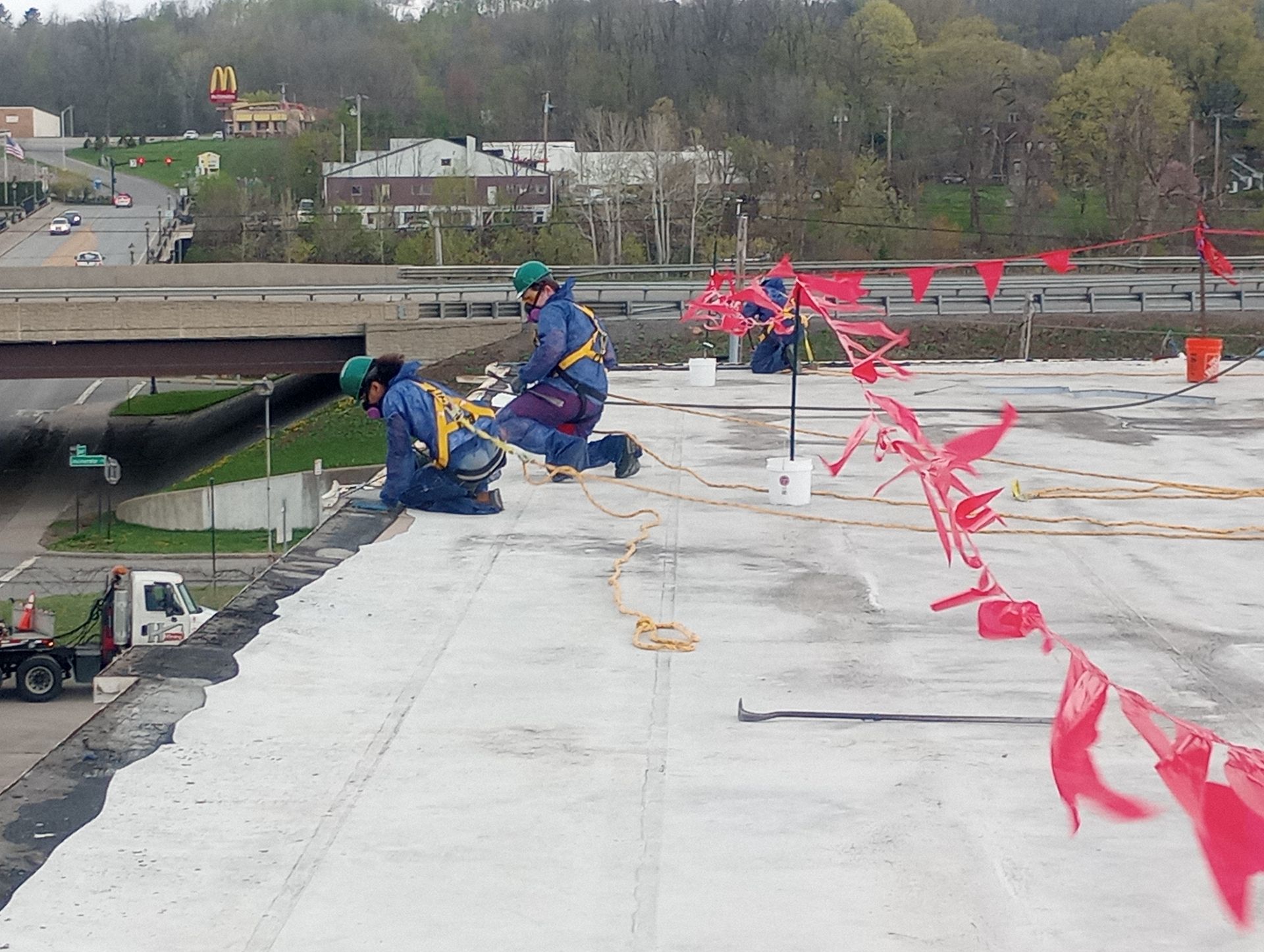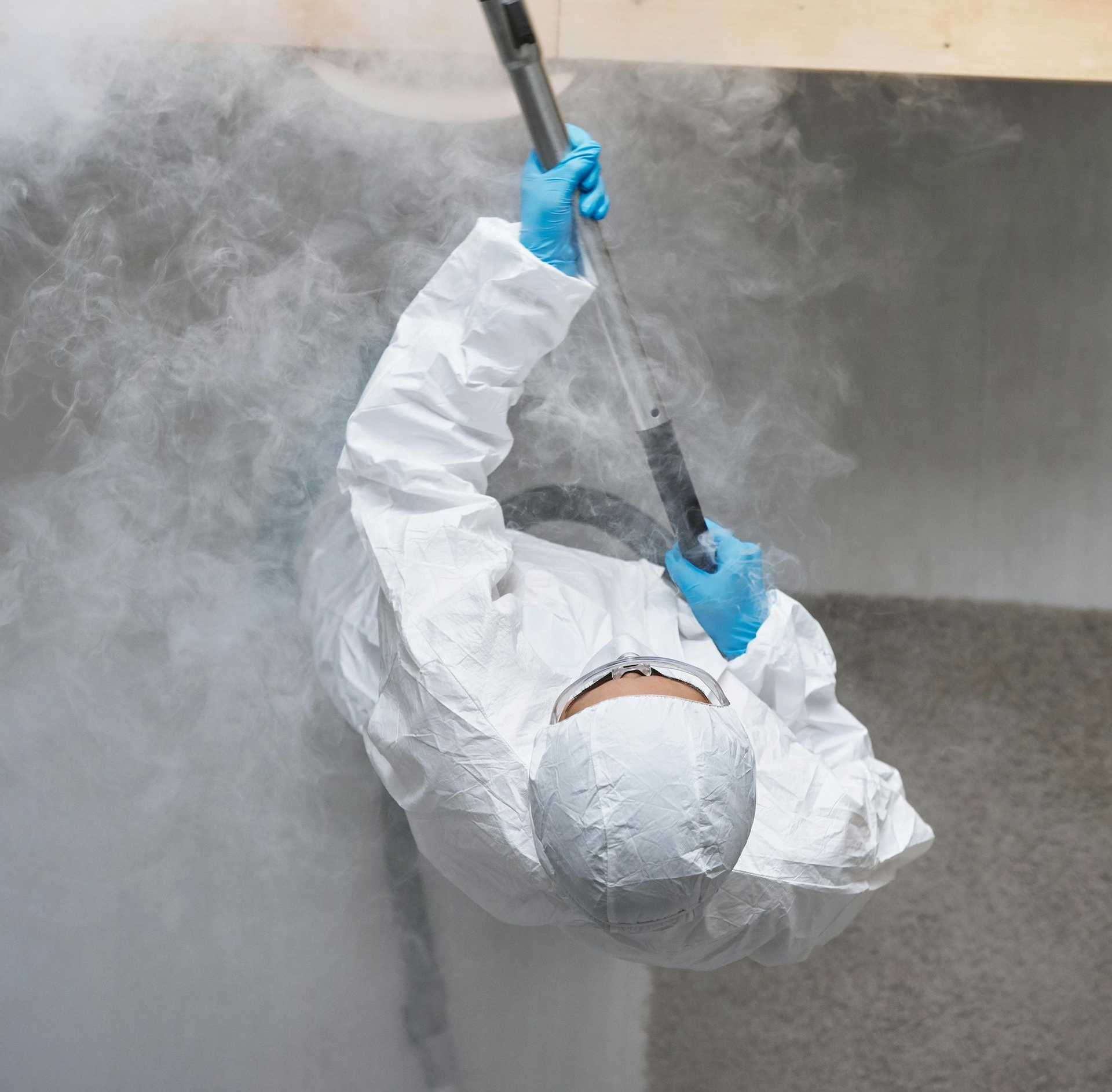New, Innovative Technologies for Environmental Hazard Remediation
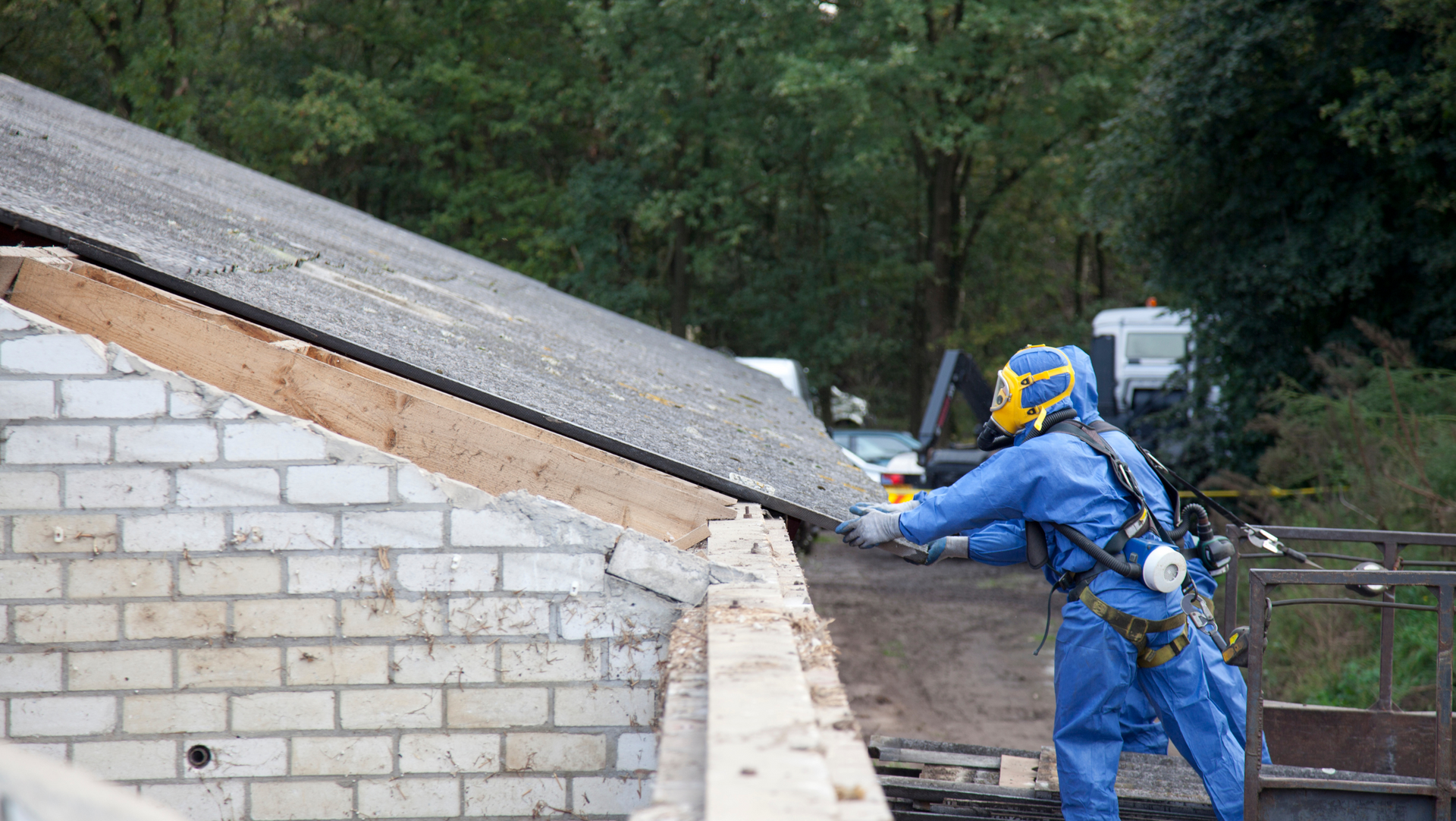
Innovative Solutions for a Cleaner Future:
Cutting-Edge Environmental Remediation Technologies
Environmental hazard remediation is advancing at an incredible pace, with new technologies making cleanup efforts faster, more effective, and kinder to the environment. Whether it's dealing with contaminated sites or hazardous materials, these innovations are changing the game and making a big difference for businesses and communities alike.
Dry Ice Blasting
Imagine cleaning up tough contaminants with the power of dry ice. Dry ice blasting uses solid CO2 pellets to remove substances like mold, asbestos, and lead-based paint from surfaces. The best part? It’s non-abrasive, eco-friendly, and leaves no messy residue behind. This method is perfect for delicate surfaces and is gaining popularity for its efficiency and minimal waste.
Bioremediation Advancements
Bioremediation is like nature’s cleanup crew, using microorganisms to break down harmful substances into harmless byproducts. The latest breakthroughs include genetically engineered microbes that target specific contaminants like oil spills or heavy metals. These engineered microbes can even thrive in tough environments, speeding up the cleanup process while keeping ecosystems intact.
Phytoremediation and Nanotechnology
Phytoremediation—using plants to clean up pollutants—is getting a boost from nanotechnology. By pairing plants with tiny nanoparticles, scientists have found ways to supercharge their ability to break down contaminants like arsenic or lead in soil and water. The result? Cleaner sites in less time and a solution that’s easy on the eyes and the wallet.
Advanced Air Sparging Systems
Air sparging involves injecting air directly into groundwater to push out volatile contaminants like benzene or trichloroethylene. The latest systems use precise air injections and real-time monitoring to get better results while using less energy. These innovations make the process faster, safer, and less disruptive to nearby communities.
Chemical Oxidation Enhancements
Chemical oxidation, which uses oxidizing agents to neutralize pollutants, is getting a makeover with new compounds like activated persulfates. These enhancements speed up chemical reactions and reach deeper into contamination zones, tackling pollutants that were once out of reach.
By leveraging these cutting-edge technologies, environmental remediation companies are better equipped to handle even the toughest contamination challenges. The result? Cleaner spaces, safer communities, and a brighter future for the planet.


